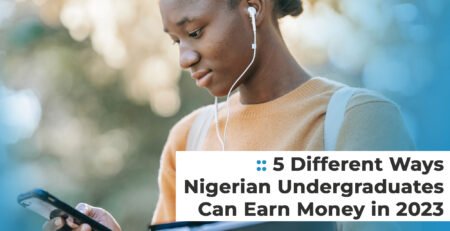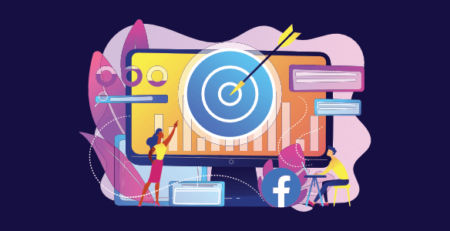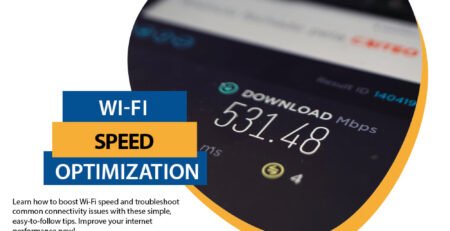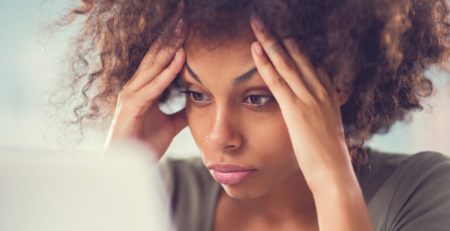Art and Artificial Intelligence: Unveiling the Canvas of Creativity
In today’s tech-infused world, where technology infiltrates every aspect of life, from communication to travel, it’s no wonder that artists have delved into the realm of artificial intelligence (AI). But what exactly is an AI art generator, and how does it create those captivating digital artworks on our screens? Let’s explore AI art generators, celebrated for innovation yet shadowed in controversy.
AI Art Generators: The Essence of AI Art
In simple terms, AI art refers to artwork crafted by artificial intelligence software. This system interprets human input through prompts to generate desired images. It stands apart from traditional digital art, where artists use various techniques like drawings, images, videos, or tablets. AI art can be purely digital or involve modifying real-world art. “AI art generators” encompass software that creates AI art, including text-to-image prompts and image-to-image transformations.
How AI-Based Art Generators Work
AI art generators employ deep neural networks and machine learning algorithms. These algorithms identify patterns and styles from extensive collections of artworks to create new pieces. Creating AI art involves:
1. Dataset Selection: Choosing a dataset of existing artworks as the foundation for training machine learning algorithms.
2. Training: Training machine learning algorithms on the dataset, passing images through a neural network to identify common traits.
3. Generation: The trained machine learning system can generate new artwork based on user input, applying learned patterns.
4. Refinement: Often, generated artwork is refined using additional algorithms and techniques to enhance its appeal.
AI art generators can use various algorithms, like DeepDream etc, depending on the desired outcome.
Creating Your AI Art Generator
Certainly, you can embark on creating your AI art generator or use free online AI art generators. Though challenging, it’s achievable with a good grasp of programming, machine learning, and image processing. Here’s a simplified guide:
1. Define Your Project: Outline your art generator’s purpose, tools, and the art it will create.
2. Gather Data: Assemble a dataset for training, ensuring uniformity in dimensions, colors, and structure.
3. Train Your Model: Use deep learning frameworks like TensorFlow or PyTorch to develop a model, specifying its architecture before introducing it to the dataset.
4. Generate Art: Unleash your trained model to create art, experimenting with prompts to produce diverse images.
5. Polish: Enhance generated images using post-processing techniques for a visually pleasing result.
Advantages and Drawbacks of AI-Generated Art
AI-generated art offers precision and consistency at scale, valuable in advertising. It expands creative expression, introducing new forms of art. Yet, it may lack emotional depth found in traditional art and raises ethical concerns about human creativity.
The Future of AI Art
AI art promises intricate, sophisticated forms as AI algorithms advance. It complements human creativity, introducing new artistic realms. AI art explores uncharted concepts and perspectives, redefining creative boundaries.
In Closing
AI art blends innovation and creativity, challenging art paradigms. Embrace these tools for creative expression. AI art augments traditional mediums, ushering in novel creativity. Establishing precise rules for AI art ownership ensures fairness as it becomes ubiquitous.













Leave a Reply